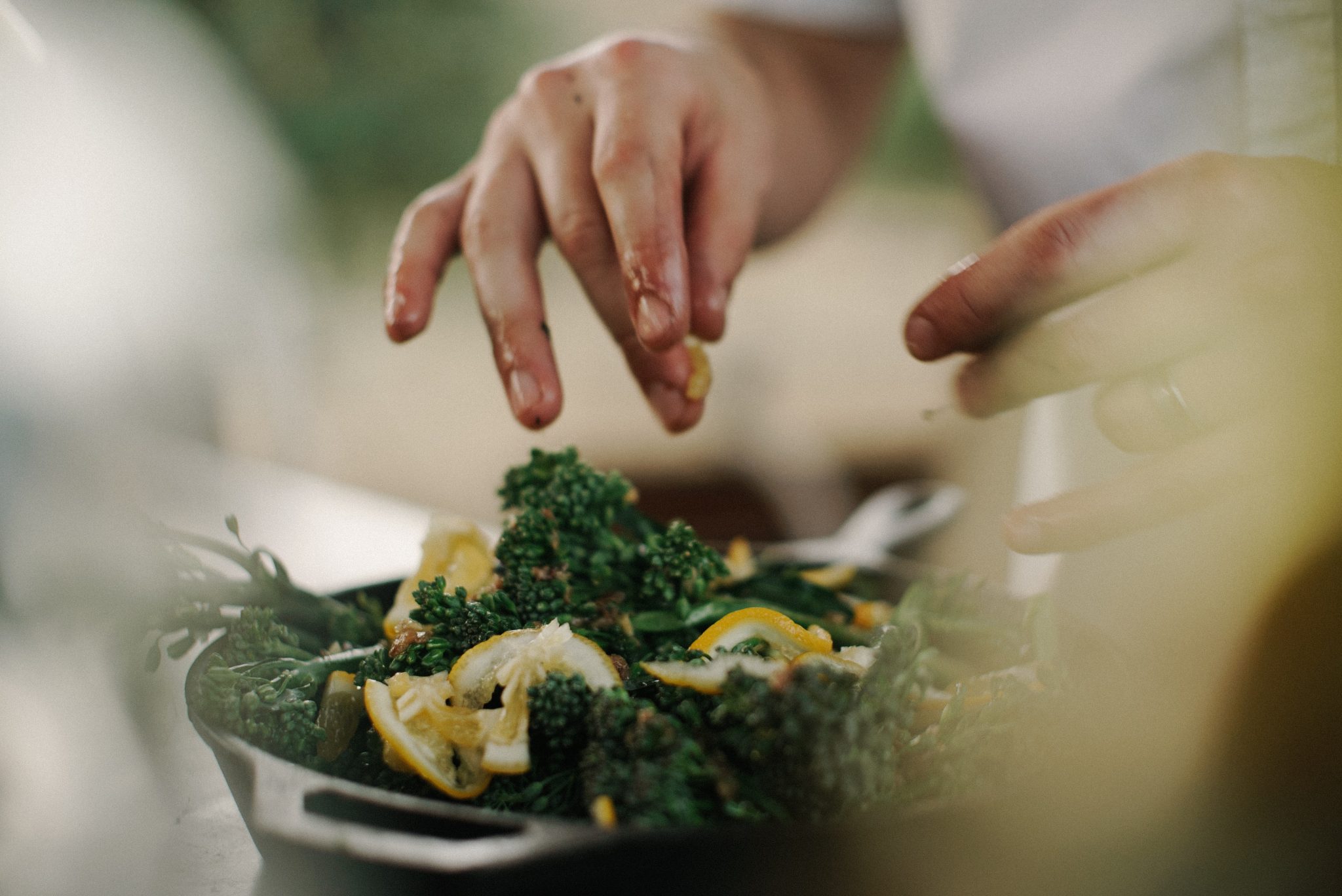We now use the cloud to store our photos, watch movies, and even manage our companies. And, whether we know it or not, it’s also where we’re placing our food orders.
Introducing cloud kitchens, digital kitchens designed exclusively to prepare food for delivery. These commissary kitchens are often referred to as “ghost kitchens,” “sharing kitchens,” or “internet kitchens,” and the delivery-only food brands that operate within them are referred to as “virtual restaurants.”
Maybe you’re saying, “This isn’t anything different,” and you’re correct. For decades, Asian restaurants have made the most of delivery. And the restaurant industry has basically constructed its whole business model on delivery optimization. However, technological advancements and improvements in customer preferences have recently made switching to a delivery-only model practical. It has some benefits over conventional brick-and-mortar restaurants in terms of service.
Each of these brands is known as a virtual restaurant, and one business model involves operating a delivery-only kitchen that holds one or more of them. When a customer places an order, the virtual concepts appear to be self-contained, but the food is actually produced in an off-the-beaten-path warehouse or food factory among other virtual restaurants.
A licensed brand or idea, commercial kitchen room to rent at operating hours, exposure on a delivery-app, and organized labour, delivery services, and product ordering are all needed to operate a virtual restaurant. A virtual restaurant’s operating needs are met by a cloud kitchen.
Another way to benefit from the food distribution boom is to run a cloud kitchen as a separate enterprise. As a coworking room and incubator for food manufacturers, more startups are renting kitchen space to several third-party brands.
Some cloud kitchens can only service one brand, while others can serve many. According to chefs, the amount of a cloud kitchen can also vary. The method becomes more complex as the cloud kitchen becomes busier and more companies are housed in one room. Technology can help by breaking down a complicated process into a sequence of smaller, more manageable market processes.
A single cloud kitchen can also be transformed into a variety of well-known companies with the right technologies.
There are a number of online ordering options available to provide cloud kitchen owners with an easy way to handle merchandise, menus, and other items, as well as a fantastic program for taking orders from third-party websites.
Cloud kitchens are attractive to both small restaurants looking for a low overhead and new, famous restaurants looking to boost profits so they can make various menus and items from a single kitchen with a single staff and a single rent. Of course, keeping menus correct and up to date is one of the challenges of running several companies from the same kitchen.
Employees must update the availability of all products in use if the kitchen runs out of pulled pork, for example. The environment will get ever bad when customers purchase out-of-stock items and, and being upset when their order is changed or canceled. On the other side, if the right systems are in place, these owners will mitigate those problems.
Cloud Kitchens Must Choose The Right Partner
Cloud restaurants that use delivery apps like Uber Eats and Grubhub pay a fee ranging from 15% to 30% on each order. Despite the fact that online restaurants save money on overhead, local small cloud kitchens with small profit margins cannot afford such payments. There are, however, few excellent online ordering platforms for cloud kitchens. Chefr is one of them.
Your main target when you first starting using Chefr is just to increase the amount and value of orders you received. Customers would appreciate not having to sit on hold on a crowded line, and staff will appreciate not needing to answer orders over the phone.
You will improve profits and earnings while still enhancing service efficiency and creating a reputation for your restaurant on the internet thanks to modern features.
Restaurant owners may continue to create ways for consumers to browse their menus, select products, and pay for carryout or delivery orders online as online shopping becomes more popular. Nonetheless, we live in a world where more interaction is needed than ever before, which is usually made possible by technology.
Chefr distribution services enable companies to build unique brand loyalty by allowing customers to place orders quickly and easily online. As the climate shifts and internet new media proliferate, they’ll be there to keep the restaurant’s customers updated. Chefs have little influence about the quality of their food or the friendliness of their staff, but they can’t teach them the knowledge they’ll need to succeed in today’s technological world.
Chefr’s Features
Website Ordering
70 percent of customers choose to order directly from the restaurant’s delivery system rather than from third-party websites. Allow consumers to place orders directly from the website rather than being redirected to a competitor’s website (and takes a percentage on all of your orders).Allow hungry consumers to easily order from your page, whether they are using a laptop or a smartphone.
Receive Restaurant Online Orders Easily
Errors and distribution problems are no longer a problem. Start using Chefr and say goodbye to taking phone orders.
You will now pick up your order in 2 seconds and view all of the details at the same time thanks to the online shopping system.
Internet restaurant orders are often 20% more common than phone orders.
Pickup, Curbside, & Delivery
Easily offer in-store pickup and curbside, and use our nationwide network of commission-free delivery partners.
Loyalty
Using useful information, communications experience, and a wide range of marketing strategies, you can transform one-time diners into repeat customers.

